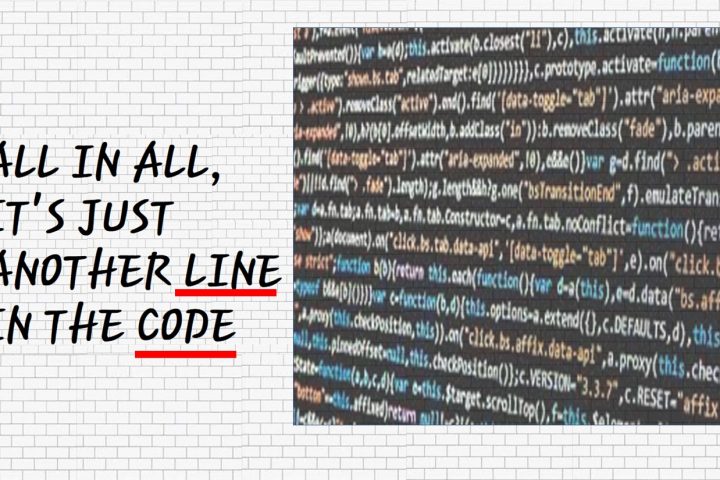
Example of VR in the classroom
For example: if you are a history teacher then your students may have the opportunity to explore a historic building or era in time such as Ancient Greece. They will be able to walk around a Greek city, e.g. Athens, and explore various aspects, often by using touch via the data glove. This is a great way of learning about day to day life in Ancient Greece which brings it to life in a way that books or online media are unable to.
So what we are saying is that virtual reality can be used in many areas of the curriculum. This includes maths, English, science, history, geography, languages and newer subjects such as design technology.
Plus there are students who respond to computer generated learning than traditional methods of teaching. In these cases virtual reality learning is an ideal way of engaging these students with a particular subject in a manner they are comfortable with.
Students can touch and manipulate objects within a virtual environment in order to generate a greater understanding of them. But this doesn’t only apply to objects; students are able to interact with data sets, complex formulae and abstract concepts that they may have previously found inaccessible. For some students, learning by doing is easier than learning by listening.




